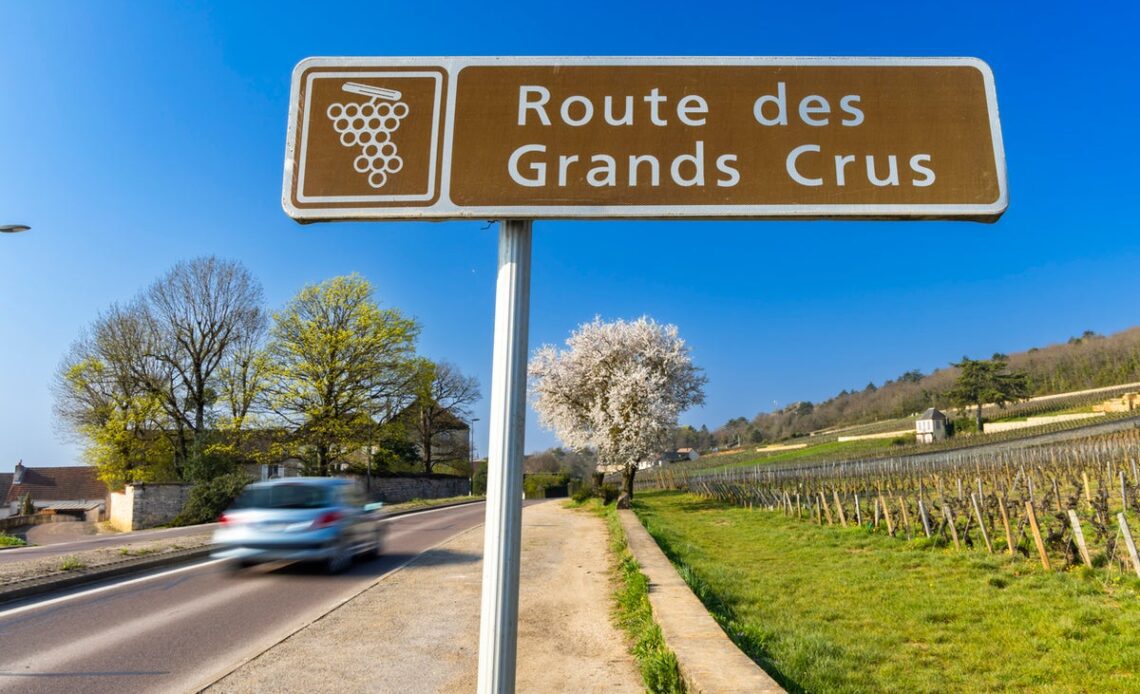The windows of the houses in the little town of Troyes, Champagne, sparkle with light like open doors on an Advent calendar. The snow has disappeared since I set off, and although the air has a distinct nip to it, I am cosy and warm, enjoying a lavish café gourmand at Le Jardin with a glass of champagne in my hand. “When in Champagne,”I think.
With a split life between my family and many of my friends living in the UK and me in Lyon, France (not to mention falling into the age bracket where all of my friends are getting married), I make the journey between Lyon and Cornwall, where I grew up, all too often. It could easily be a recipe for an elephantine carbon footprint – so to avoid this, I never fly between the two.
Instead, I usually travel by rail – but while I can’t praise Eurostar highly enough, the high fares can be a stinger, and at Christmas, train strikes on both sides of the Channel were proving prohibitive. So I decided to road trip via Champagne, listing my ride on Blablacar and picking up passengers and Christmas presents en route.
Traditional buildings in Dijon, France
(Getty Images/iStockphoto)
Blablacar is a French-created ride-sharing app that’s been around since 2006, but is criminally underused by those outside the country. You sign up and share the drive you’re planning to make, offering to pick up passengers along the way, who contribute to fuel (making your journey cheaper) and save bringing extra vehicles on the road (lessening your collective carbon footprint). It aims to address the fact that 76 per cent of long-distance travel in Europe is done by car, but with an average occupancy rate of only 1.9 people. More people in fewer cars equals fewer cars on the road, and much less carbon.
Driving north from Lyon felt like travelling through the wardrobe to Narnia as the motorway sped past snow-covered vineyards, the usually golden stones of Beaujolais villages and little church spires frosted white. We pass Beaune, Burgundy’s wine capital, with geometric tiled roofs, before stopping in Dijon.
The architecture changes here, half-timber buildings like an Elizabethan stage set. Dijon owes much of its fame to mustard, but it would be a shame to come solely to sample the condiment and to miss the Gothic façade of the Notre-Dame Church, which has three rows of elaborately carved gargoyles. I pick…
Click Here to Read the Full Original Article at The Independent Travel…
